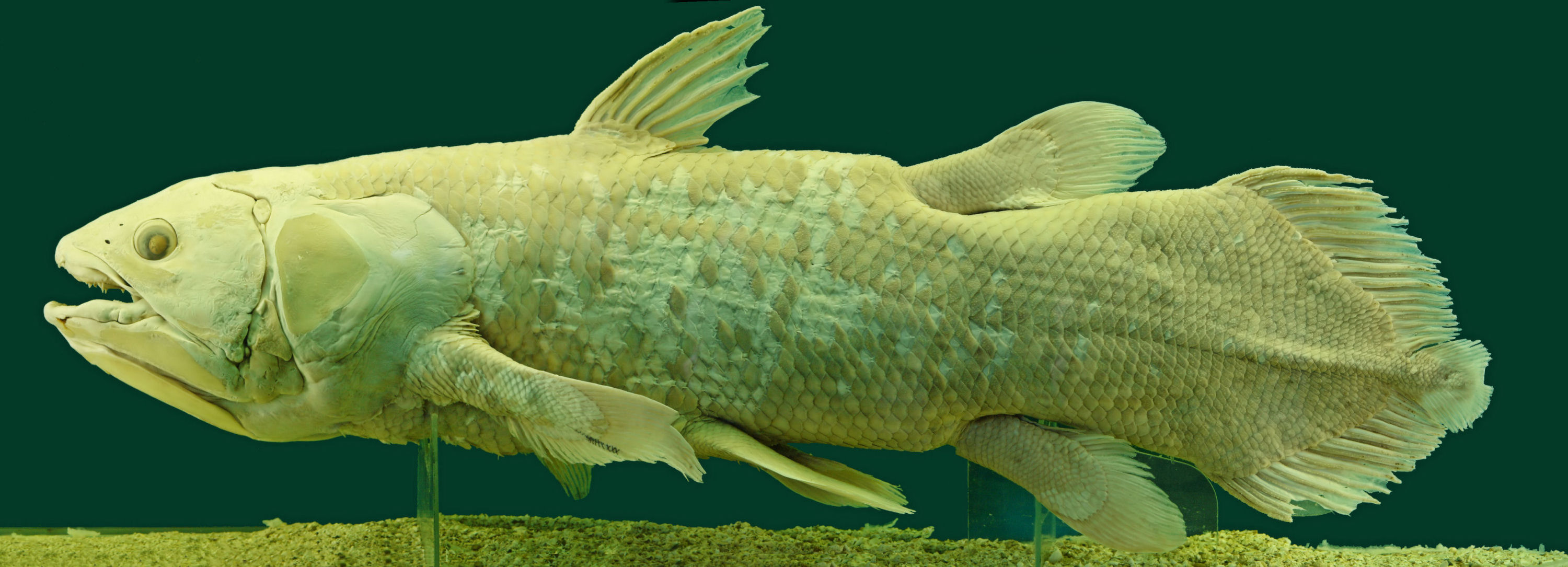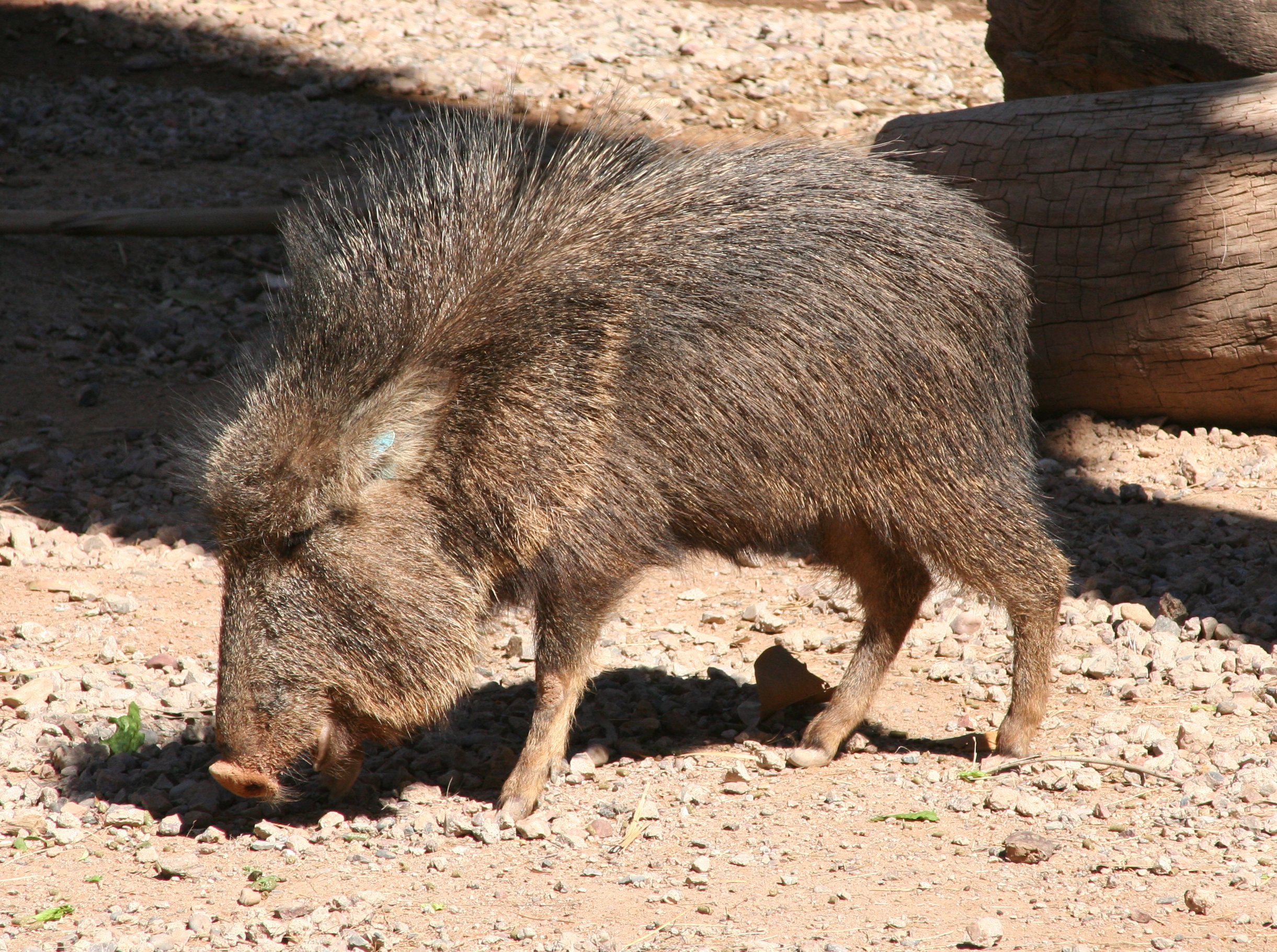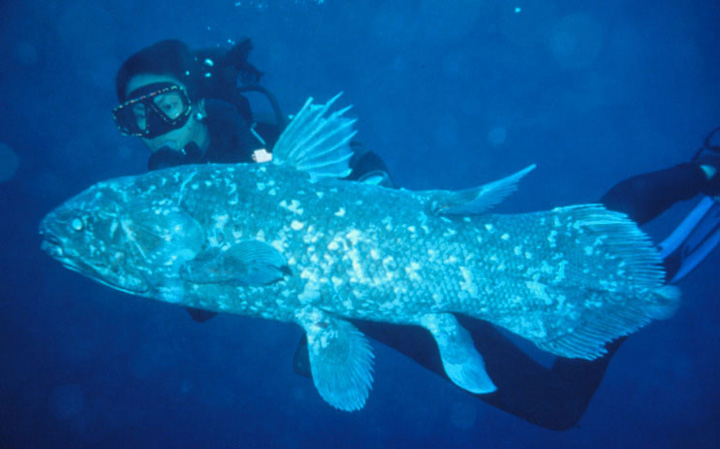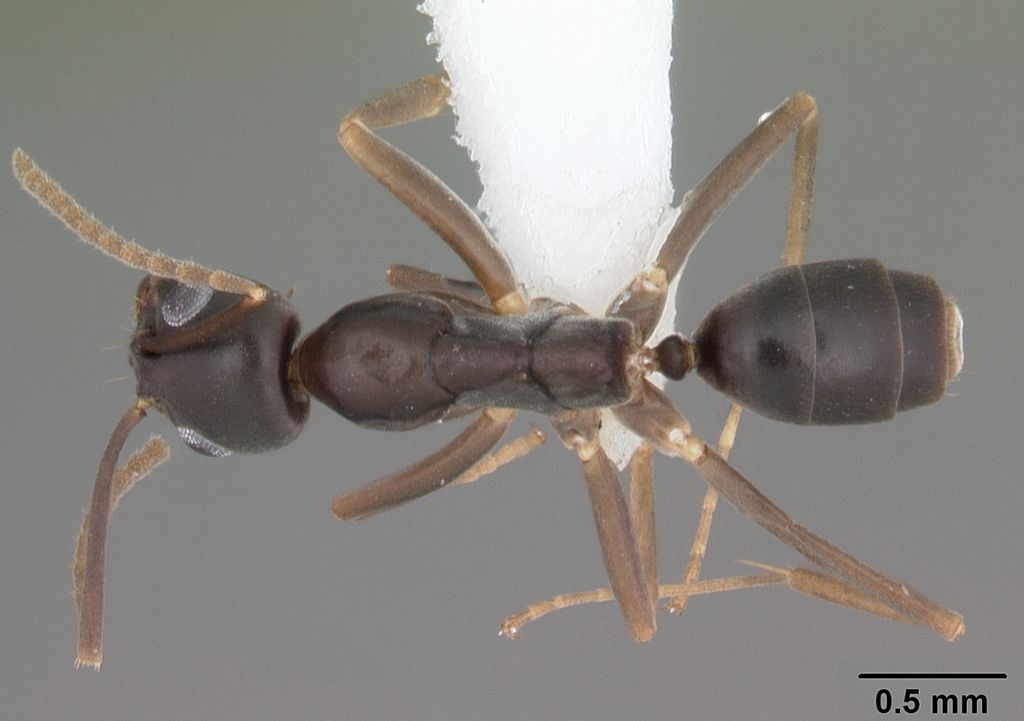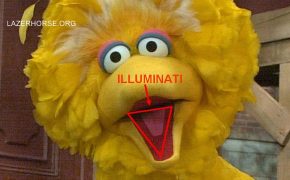Lazarus Taxon: Creatures Once Extinct Raised From The Dead
Referring of course to the Biblical Lazarus (who Jesus kindly brought back from the jaws of death), a Lazarus taxon is a group of animals initially thought to be extinct only to be discovered at a later date to be quite alive.
Below are a few examples of Lazarus taxa which scientists first described as fossils before finding them living and breathing in modernity. Please forgive me for the slightly overblown title, they haven’t really been raised from the dead. That would be bonkers.
Chacoan Peccary (Catagonus wagneri)
Before being found alive and kicking in 1975 this weird looking hog type of thing was only known through its fossils. There are just 3,000 individual Chacoan peccaries left and they reside in Paraguay, Bolivia, and Argentina.
Coelacanth (Latimeria)
Probably the most famous species to have the Lazarus taxa accolade is the coelacanth. Until very recently this ancient fish was only known by its fossils and was considered to have disappeared from earth 66 million years ago.
That was until one was dragged up by a fisherman off the coast of South Africa in 1938. Thankfully, a museum worker happened to be looking through the fisherman’s haul and realised the importance of the catch.
There are just two extant species of coelacanth, and they’re considered one of the most endangered order of animal in the world. Coelacanths are thought to be a “missing link” between fish and tetrapods (amphibians, reptiles, birds, and mammals).
Nightcap Oak (Eidothea hardeniana and E. zoexylocarya)
Previously known only from fossils 15 to 20 million years old, the two nightcap oak species above were recognized in 2000 and 1995, respectively.
How do you miss a tree? Well, it’s understandable in this case, there are only thought to be 100 individuals left alive and they all grow in the area surrounding a single creek in northern New South Wales, Australia.
Gracilidris – Genus of Dolichoderine Ants
These sneaky insects managed to evade science’s prying eyes until being glimpsed in 2006. Gracilidris was thought to have gone extinct 15-20 million years ago. But they hadn’t at all. They’d been living the life of Riley in Paraguay, Brazil, and Argentina all along.

